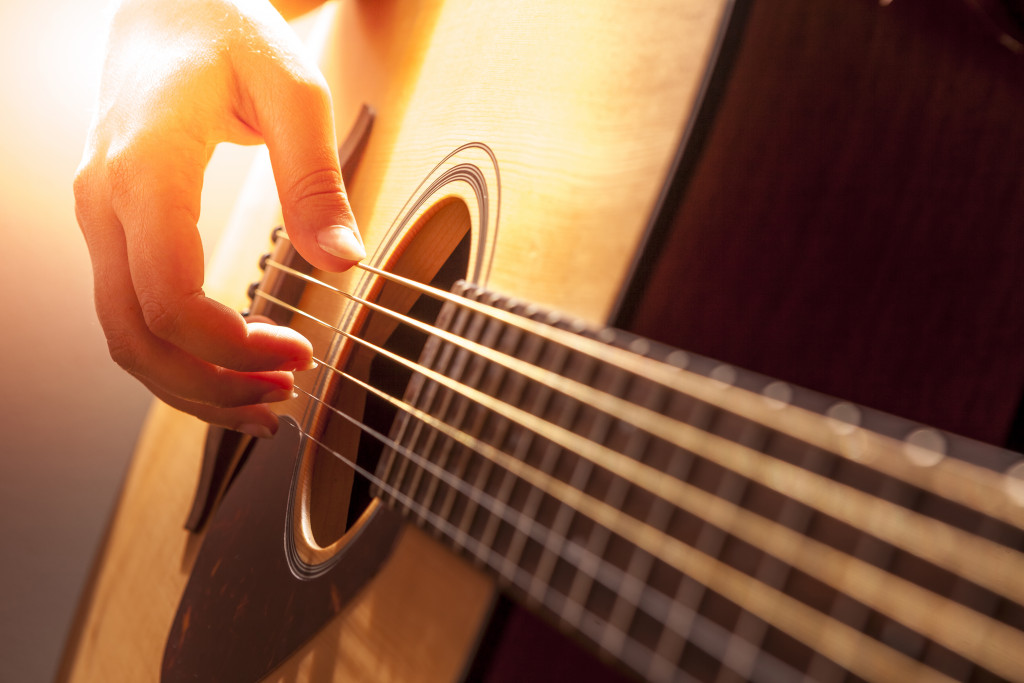Science and art are human ways of making sense of the world. Apparently, music is both art and science. Sure, creating music is about producing sounds for art’s sake. However, there is science behind the creation and production of sounds.
Think about common musical instruments such as guitar, piano, and drums. It’s easy to see a lot of people playing these instruments and producing wonderful sounds. However, only a few people understand how these instruments work, how the sounds vibrate, and how music comes to life.
In this article, we’ll delve into the science behind some common musical instruments. Keep on reading to discover how they make music.
The Science of Sounds
There’s no denying that people produce sounds to make music. Various kinds of musical instruments have been invented for this reason. But while these instruments are different, they operate on the same concept of science.
If you’re wondering how musical instruments work, think of the science of sounds. Basically, these instruments work by causing matter to vibrate. As a result, this vibration creates sound waves that flow through the air.
On top of this is how musical instruments create resonance. This resonance occurs when your instruments respond to sound waves and vibrate at a certain frequency. These sound waves reach people’s ears to be perceived as music.
Common musical instruments

Now, let’s take a look at common musical instruments and how they make music. Take note of the following:
- Guitar: This stringed musical instrument is the most common type. It’s easy to see a lot of people playing this instrument. Some teens even consider getting a guitar tutor to learn how to play this instrument. To play it, you must strum or pluck the strings using your fingers. Know that each string produces different vibrations at various frequencies. They then produce soothing sounds pleasant to the human ears. And finally, you can sing along!
- Ukelele: This is a small, guitar-like instrument. Same with a guitar, you must pluck the strings to produce sounds. The difference, however, is that a guitar has six strings while a ukulele only has four strings. As a versatile instrument, it is often used and heard in various musical genres—from jazz to country music to pop-rock.
- Violin: This is another stringed instrument with a hollow wooden body producing treble pitch. It is played with a bow made of horsehair, unlike a guitar that uses fingers. The bow produces vibrations on the four strings when they’re drowned. The violin then creates rich and smooth sounds. Violin is considered the smallest in the string family, thus producing the highest pitch.
- Piano: This musical instrument has a large keyboard with a wooden case enclosing a soundboard and wire strings. The metal strings sound when struck by the hammers operated from a keyboard. All it takes is for the pianist to press the keys, and the hammers hit the strings, causing sounds to vibrate. With this musical instrument, you can create certain melodies at any range using your voice while maintaining backing harmony.
- Drums: This percussion instrument is pretty straightforward and relatively easy to play. All you have to do is hit the cylindrical or bowl-shaped drumhead with sticks or hands. The sound is then produced by the vibration of a stretched membrane. Know that drums are among the well-known instruments for musical play.
- Flute: This musical instrument is an aerophone wind instrument. It produces sounds from the airflow across its openings. All it takes is for you to blow the instrument and cover holes to alter the pitch. It’s that simple and easy!
- Maracas: This musical instrument is a type of percussion instrument called idiophone. To create sounds as a musical accompaniment, shake it up. The tiny balls inside this egg-shaped instrument will hit the walls and bounce against each other. As a result, you’ll hear the vibrating sounds inside your maracas.
- Harp: This stringed musical instrument has a handful of individual strings. These strings run at an angle to its soundboard. They are then plucked with your fingers as a way to produce sounds. You can play this instrument in various ways, whether standing or sitting.
At this point, you now know how musical instruments work and understand the science behind them. Whether you’re playing a guitar, violin, piano, drums, or flute, know that these instruments bring music to life. Ultimately, music equates to both art and science that create and make the world we live in.

